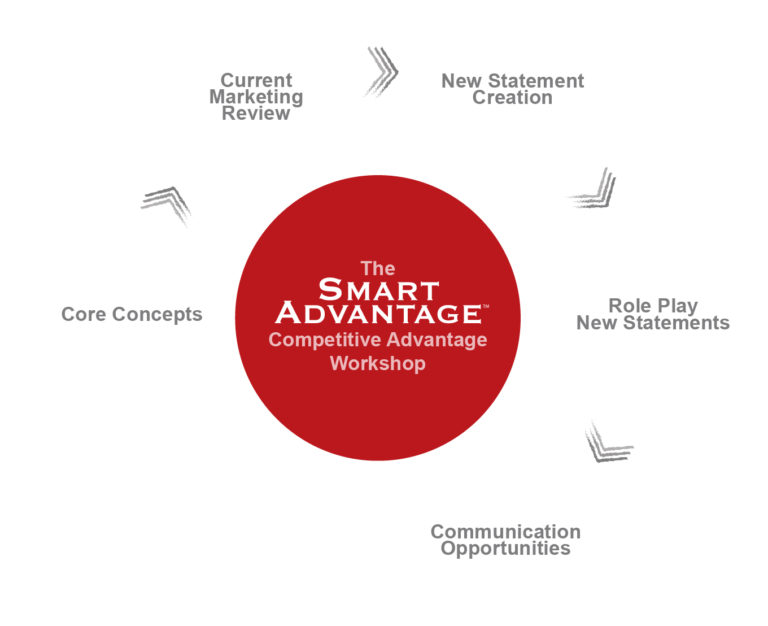Everyone of us will pay more when we see a true value proposition. If that were not true, we would all be driving cheap cars. We would do our grocery shopping at Dollar Tree. None of us would buy an iPhone or an Android. We all want value. Each of us defines value differently but nonetheless, we will pay more when we define what the value proposition is to us, and it is presented to us when making buying decisions. Can you say Starbucks? Just coffee, right?
With gyms closed, the pandemic made millions of us rethink our workout routines. We all can go for a bike ride or a walk, maybe use some home weights to get some exercise. Yet 1.1 million people so far have elected to pay about $2,000 for a Peloton stationary bike plus $39 a month for the connection subscription.
The only reason Peloton has not sold more is they struggle to fill demand. The Wall Street Journal (Oct. 26, 2020) interviewed Peloton’s CFO who reported that 50% of the bikes were sold to households making less than $100,000 in income. For those folks, the price was not an issue because the bike delivered the value they were after. Yes, folks were and are willing to pay more for a bike that will deliver fun while exercising.
After year over year declines in Harley Davidson sales, the new CEO’s differentiation strategy is having customers pay more for the feature-laden models that had been previously discounted. He believes core customers will pay for the value of the original brand. “We don’t make cheap, inexpensive, small displacement motorcycles,” said one of the dealers to the WSJ last week. He believes the Harley value proposition is still strong. It remains to be seen if this approach will succeed. But the bet is that enough bike aficionados will once again pay more for their view of premiere value. Lowering their prices to get market share did not work. It devalued their product.
How about a home service warranty? Have you ever shopped for one? Perhaps you viewed a few and they all looked similar. They all told you they offered “better service,” and “well trained technicians.” Their contracts looked the same. Then one company tells you, “We stock our trucks with 85% of the most needed parts and have a first-time fix rate of 88%. We also use the higher quality parts at our expense because the repair will last longer and so we both win. On holidays we have extra technicians on standby, so you don’t have a catastrophic Thanksgiving because the oven stopped working.”
For many, this is a solid value proposition – things most customers deem priceless. Most people will gladly pay more if they are given a meaningful level of insurance that they are making the right decision.
(This company had a 97% renewal rate and went from a $6 million dollar company to a $60 million company in seven years.)
What is your company’s strategic differentiation that compels customers to happily pay more? What value do you deliver that they want? When we deliver our competitive advantage workshop, we consistently find that our clients already offer consequential value propositions to their customers but neglect to market it or tout it in sales encounters. They take the value adds for granted, or management neglects to share delivered value with their salespeople to help close the sale.
In today’s online world, where price comparisons are easier than ever to see, it is absolutely essential that companies are able to communicate their value or risk losing a sale to the competitor who offers your product/service for pennies less. Is your warranty better? Do you have more responsive customer service? What is your return policy? Do you guarantee faster delivery? Buyers have consistently shown they are willing to pay more for these things. It is incumbent upon your company to communicate them. So, please, give customers a reason to pay more.
Try this little exercise: Ask each of your salespeople what value proposition they sell to prospects. Ask them how they quantify that value as it relates to the buyer. Then check with them on which of the claims have been effective. Also check for consistency. Are they each selling something different? Do not leave money on the table for failure to use your unleveraged value proposition.

